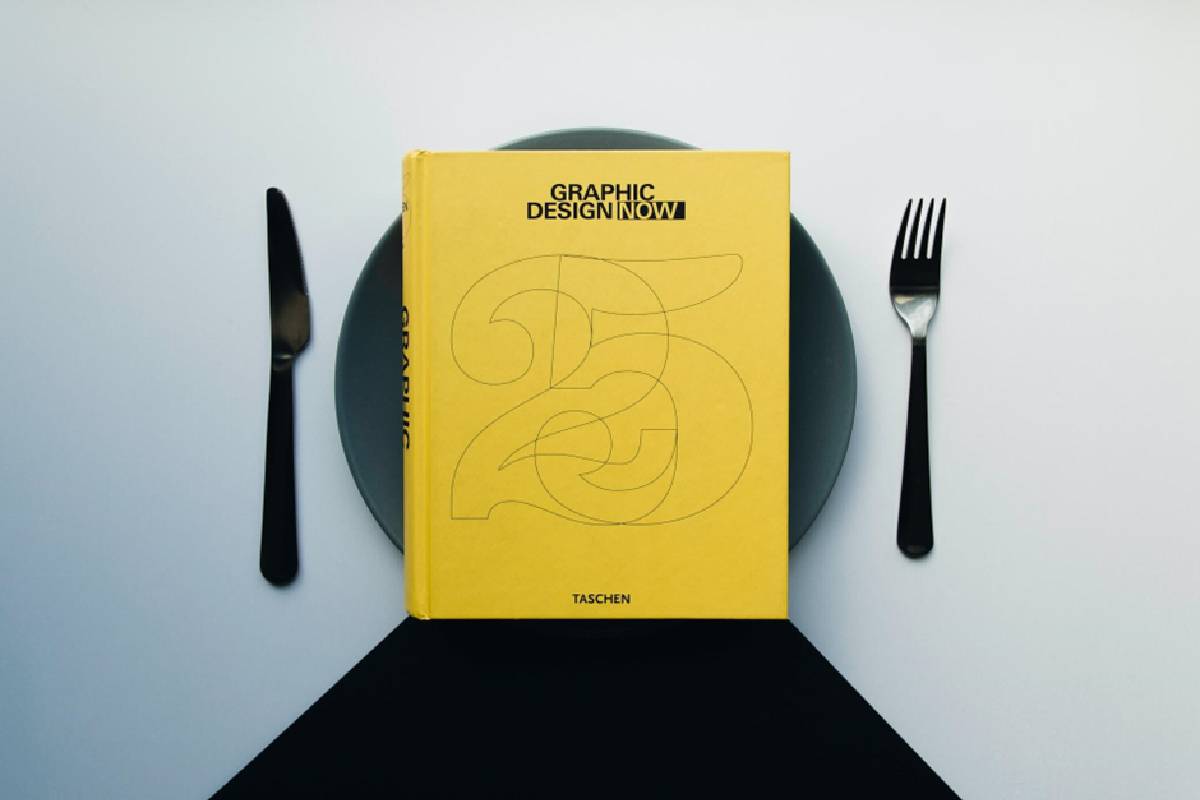Have you noticed that many popular brand logos all seem to be following the same trend? Many logos, especially typography based logos with minimal imagery, seem to be using similar layouts and fonts – but why?
Let’s explore some possible reasons and get a better understanding. It could help you understand how a digital marketing agency thinks.
Table of Contents
The Internet
A few decades ago, fonts and logos for brands were wildly different, there was much more variety even though they still followed certain design trends that were popular at the time. Now they all seem to look increasingly similar.
This may be partly due to the internet. Thanks to the world wide web, the globe is now more connected than ever. Whilst things used to vary wildly from country to country, things are different now, brands and logos will all follow the same trends and aesthetics.
Thanks to this hyper connectivity, news and trends spread much faster than they used to. This means that companies will follow each other all at the same time.
Software
Another reason brands all look similar might be thanks to software. Designers are most likely using the same software and tools these days, as opposed to creative tools being more varied in the past. The digital tools and automation used today will influence creative processes, leaving everything looking similar.
Readability
Since the world is now so connected, making fonts easier to read helps across different countries, languages and age groups.
“Helvetica” is one of the most widely used fonts for advertising and brand logos, this particular font can be seen on old Coca-Cola adverts.
Coca-Cola is an example of a brand that would probably never make a major change to its current logo, and would probably never need to, but surprises do happen in the world of marketing…
Take Gap’s short lived design change for example, which lasted about a week. When Gap changed their logo of twenty years, seemingly overnight, there was instant backlash from consumers.
Consumers took to social media to let Gap know how they felt about the change, Gap quickly changed back, leaving everyone with a lesson in how important it is to retain brand recognition.
Whilst, audiences have long been able to speak their opinions on branding changes, social media has allowed consumers to have a gigantic influence on brands and trends – a level of influence that has never been seen before.
Many brands have updated from cursive fonts, instead opting for fonts that are easier to read, especially on a computer since everything is online now.
It may be easier to read, but it loses its character and uniqueness, so there are arguments for both. Some brands have gotten away with change, others haven’t.
Minimalism
Minimalism is a style choice that has become more prevalent over time, often associated with the future or seen as being futuristic.
In the artist world, minimalism is said to have emerged in the ‘50s and ‘60s in a bid to change from the previously popular gestural art style, where the direction of brushstrokes are deliberately emphasised.
Minimalist décor has become increasingly popular in homes since the ‘90s. Since then, the trend has taken over everything, from the inside of our homes to the world wide web. Websites, interfaces, online menus are all designed to be as simple as possible for anyone to use.
Logos also follow this trend, just take a look at internet browser Firefox’s controversial design evolution – or devolution as some people have called it.
Where Else Is This Happening?
The homogenization of design doesn’t just stop at logos, everything is starting to look the same across the connected world.
Architecture doesn’t differ as much from country to country anymore, neither does furniture. Smart devices have replaced elements of our home such as doorbells, with these devices offering little in the way of appearance customisation. Everyone has the same devices.
What Can Be Learned From This
Using this knowledge, you can either choose to follow trends or try and stand out amongst everything that looks the same. With the help of good creatives, perhaps change will come again and brands will diversify.


